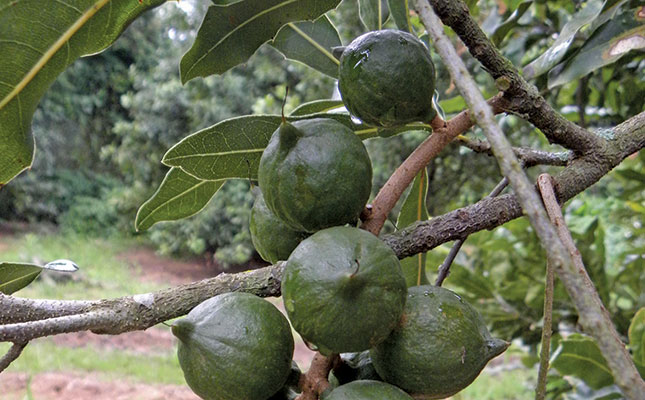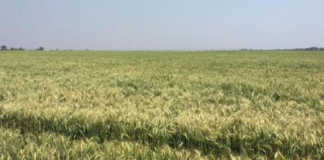
Fifty-four percent of the crop is expected to be processed to kernel in 2018, compared to 50% in 2017.
About 2 000t more macadamias will be exported in 2018 as nut-in-shell than the previous year, while nearly 7 000t more will be processed to kernel.
According to Christie, just over 50% of the annual Southern African macadamia harvest is exported to China while the rest is earmarked for the US, Europe and the Middle East. The quality of the local macadamias is on par with the Australian nuts.
“The Chinese prefer our macadamias because the nuts are harvested by hand locally and not mechanically, as in Australia,” said Christie. “They claim hand-harvesting means less damage to the individual nuts. Harvesting by hand also results in improved sorting.”
The quality of macadamias is also determined by insect damage and rancidity.
Christie, who recently attended the INC XXXVII World Nut and Dried Fruit Congress in Seville, Italy, added that macadamia production was markedly on the increase in China, and a huge influx of macadamias would start flowing into the market in the next few years.
However, it was unlikely there would be a market crash due to the strong demand.










